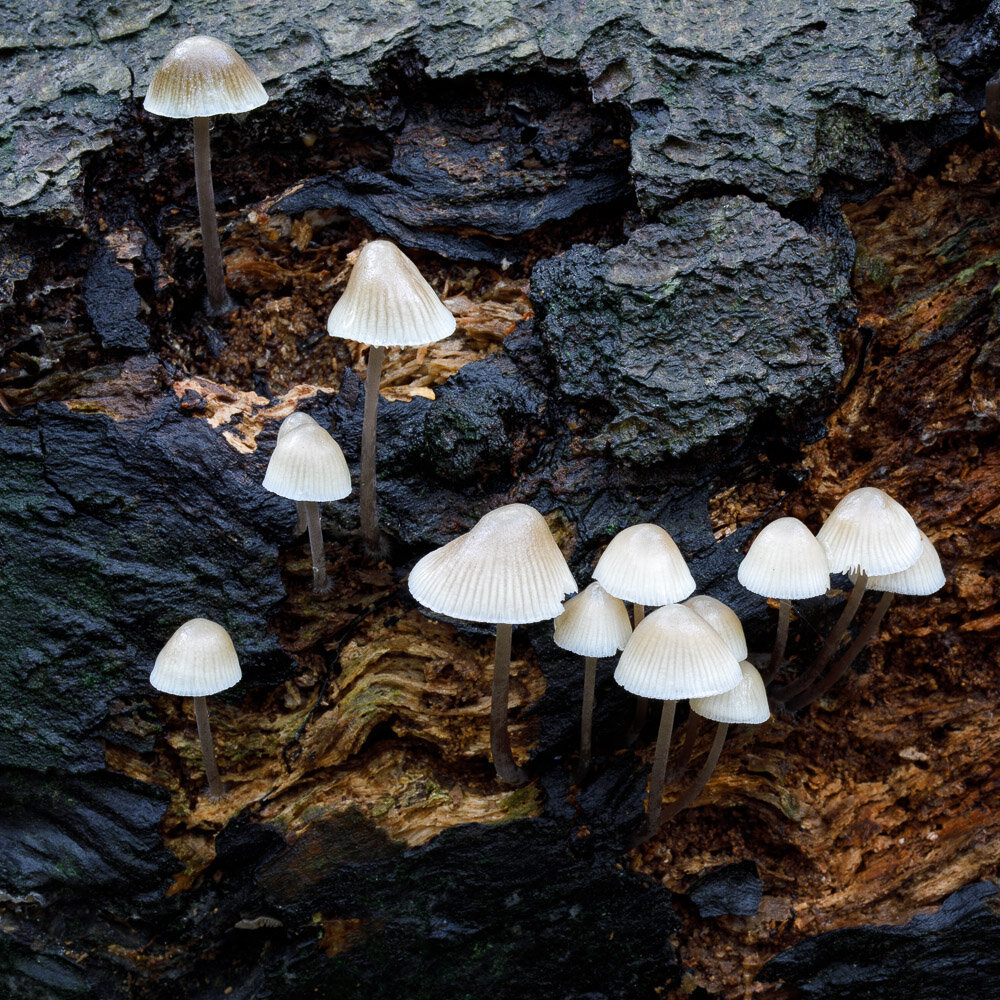Since establishing my little studio I have over the years accumulated a multitude of backdrops purchased from a variety of different companies. I have also made my own. Initially, they were limited in size just 4’ square which really limited the options available, experience now teaches me!
Now I’m all for large size backdrops, really intended for portraiture, rather than for still life which is my main studio output.
Unlike many I love playing around in photoshop, dropping in different backdrops or textural overlays, for example, to give a multitude of options to release the final ‘vision’ in the resultant image. Of course, the advantage of physical over digital backgrounds is the ease and immediacy. You hang it and shot; that’s it.
My photo style dictates that I general buy abstract backdrops rather than say, brick wall or room type affairs. One company that I have purchased several abstracts from is Kate Backdrops. They are relatively cheap and offer several abstract type hangings that suited me fine.
When they approached me to offer a couple of backdrops for testing, and for writing about (hence this blog post) I thought I would go for something different. A change in backdrop might keep the creative juices flowing, I thought.
I picked ZJ-J14430-D-1 and ZJ-HJ14916-E-1. The latter is described as a Dark Brown Retro Door, the first as Retro Classical Court Style Warm Colour.
I thought the ‘court style’ with a pedestal of flowers and a great sweep of draped curtains might fit my ‘old master’ style of cocktail images rather nicely. While the Door would add some interesting ‘recognisable’ architectural shapes while keeping the old master style vibe going.
First out the bag was the Door. A quick iron to remove the folds and a hang and I was away. My initial thought was the print had a rather muddy green colour cast to it. Rather than a door, it depicted two wall roundels and a picture frame; at least to me.
The colour cast wasn’t an issue in the final image (The Beauty Beneath Cocktail). Hardly noticeable at all. Once I realised I needed to set the still life up quite close to the backdrop (rather than trying to get the whole frame and roundels in the shot, as you would probably see with a portrait) everything worked out fine. Looking forward to using this backdrop again. Its size should allow its shapes and features to be positioned to give multiple variations.
The Classical Court backdrop I was less impressed with. The print was very undefined (blurry) and was in a different orientation to the Door (being 1.5mx2.2m rather than 2.2mx1.5m) something I didn’t notice on ordering. With this one, I am wondering if I should have selected a 1mx1.5m, so perhaps the image would be crisper and more of those sweeping folds would appear in the image.
The resulting image (Tipperary No.2 Cocktail) makes the backdrop look more abstract than perhaps I was intending, and it’s a bit dark too. So I have included an overexposed test shot, below, to show more of the backdrop in the final setup. More practice and experimentation required with this backdrop I think, to bring out its full potential.
As I mention I have long used Kate Backdrops as a source of affordable backdrops and will continue to use them for future projects (they are far, far easier to iron out any creases than my homemade backdrops made from dyed dust sheets for a start!).
Only two images taken so far, reproduced below, with the still life setup for both at the same distance from the backdrop (about 60cm/2feet). The backdrop images, taken from the Kate Backdrops website are shown for comparison.
Disclosure – Kate Backdrops allowed me to select two from their range and sent them to me for free. No other incentive was offered, and the opinions are my own.





































